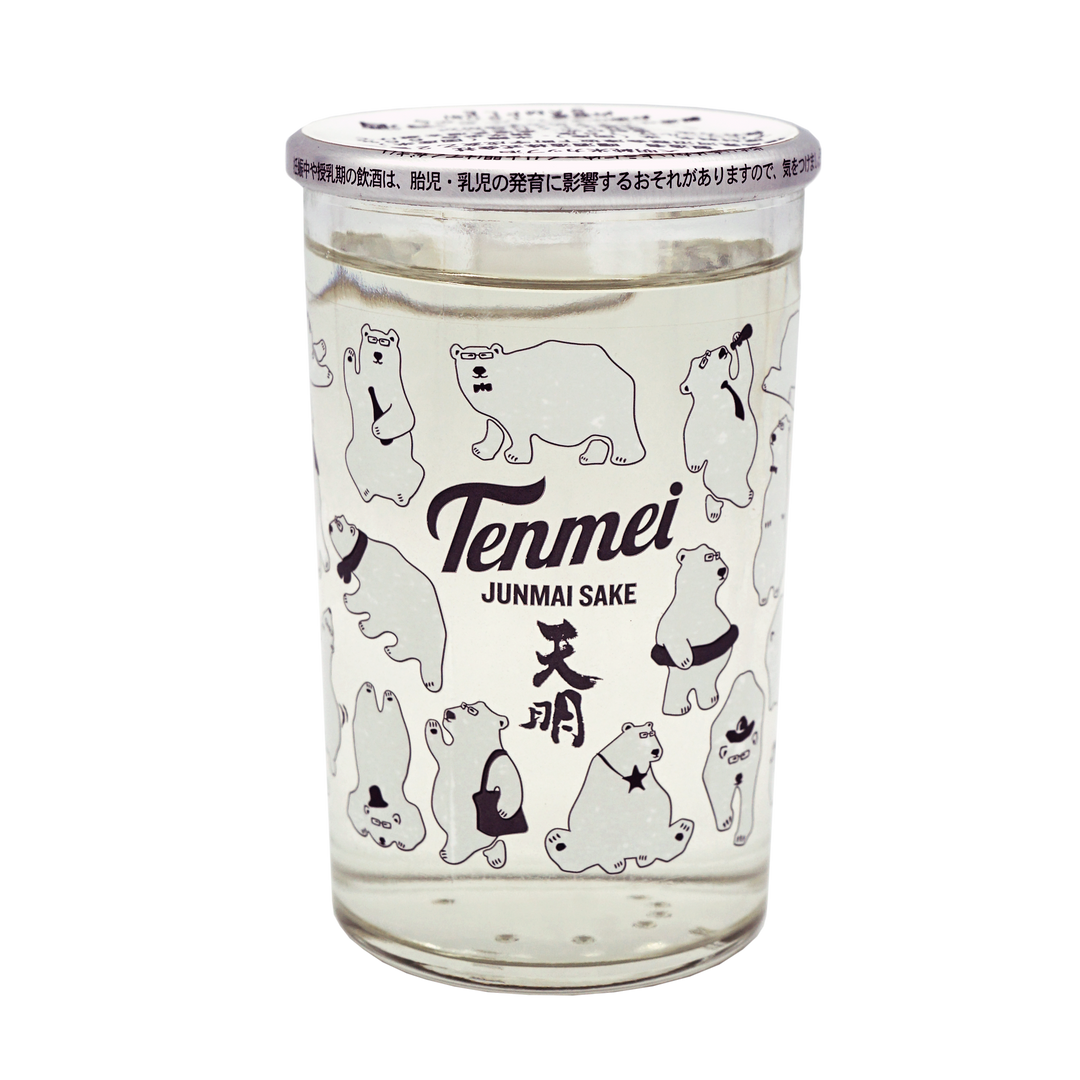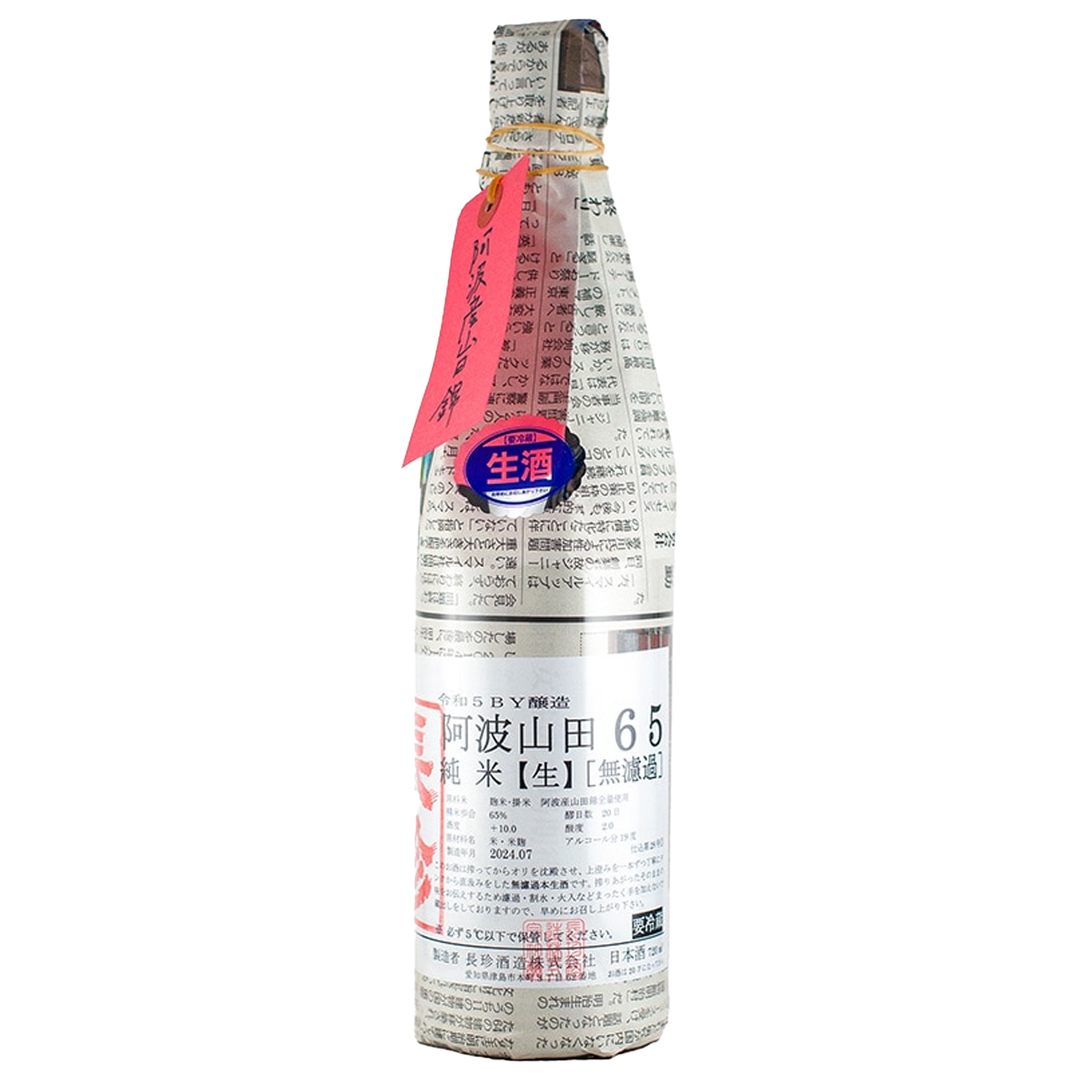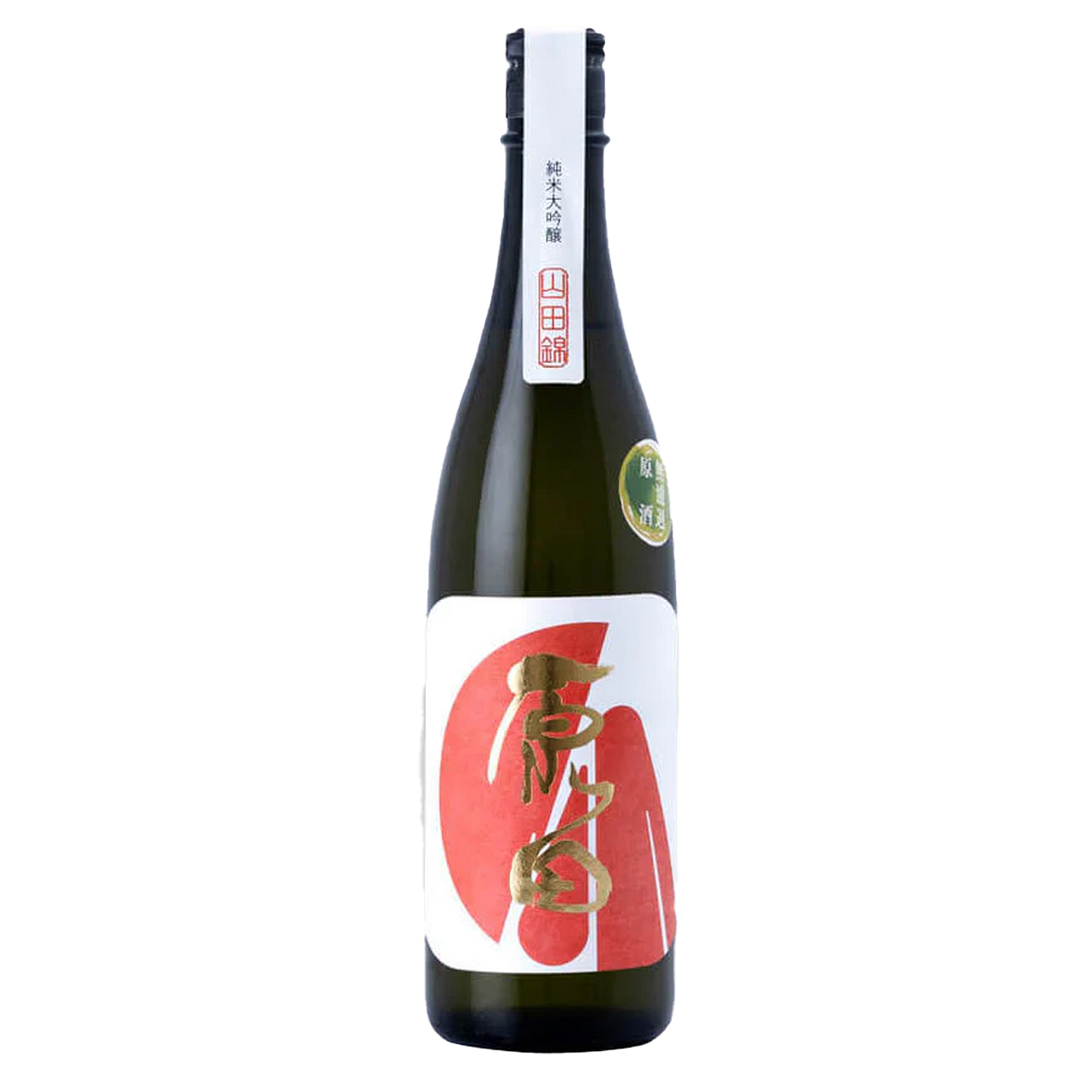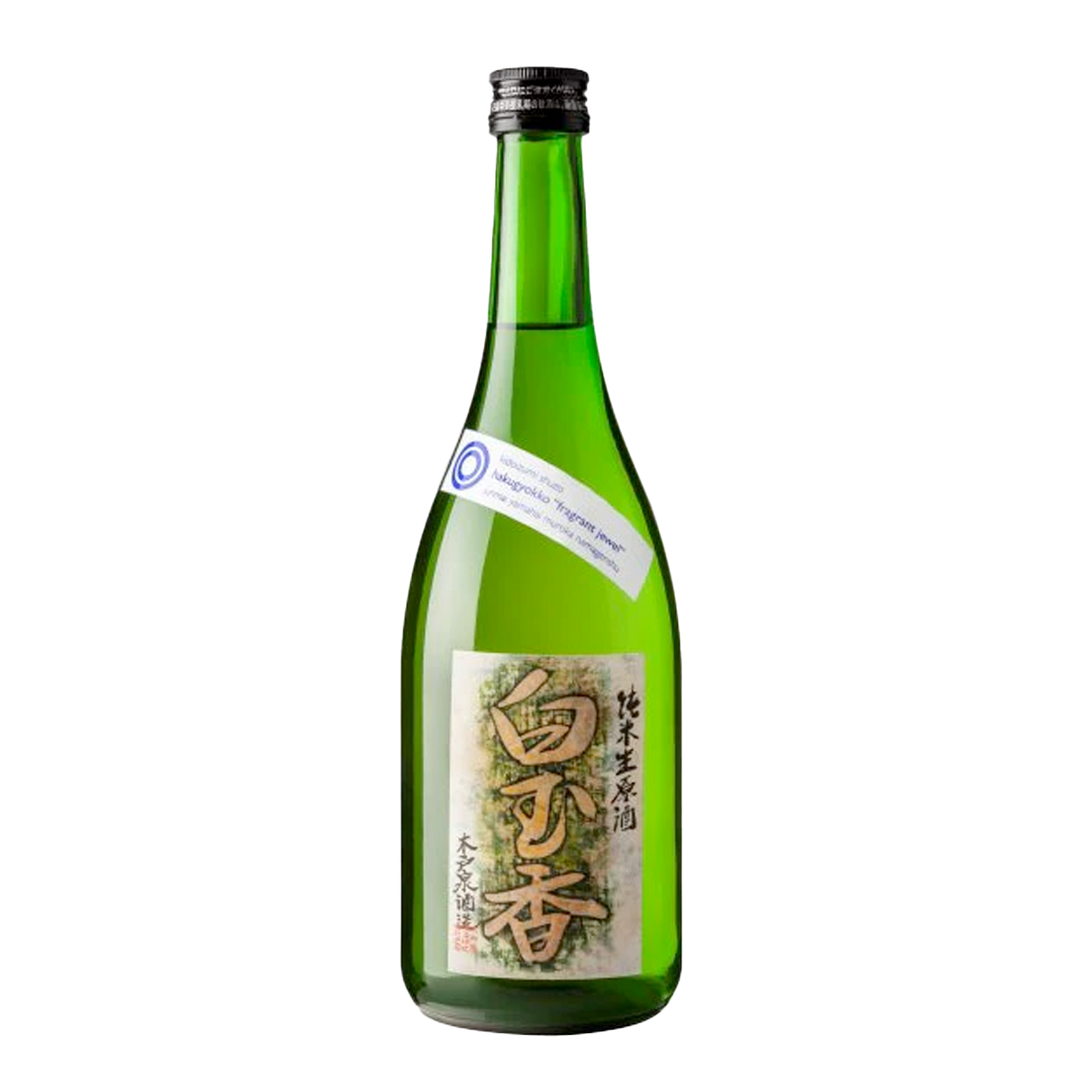Yamadanishiki, the so-called "King of Sake Rice," has an interesting story to tell. Yamadanishiki is known for being very well suited to sake aging, relatively easy to mill to very low seimaibuai/RPR (35% or lower), a clear reflection of the brewer's decisions, and lending a soft, broad mouthfeel to sake. Many of these attributes are abstract, but the sum result is that it is a real pleasure to brew premium sake with top-tier yamadanishiki rice. It's like carving a sculpture from a perfect piece of marble, versus a challenging piece of irregular stone. Yamadanishiki doesn't fight back or make things difficult when you're trying to create something perfect!
Yamadanishiki roughly translates to mountain field beauty, where the implication of beauty is one of a complex tapestry. It was crossbred in 1923 and registered in 1936, but until after the war, most rice fields were allocated to eating rice rather than sake rice. Researchers created Yamadanishiki in their quest to optimize performance both in sake brewing and in ease of growing. Its features are a soft structure, large grains, moderate stalk height, fairly low yield, and cold intolerance. The best fields are in Hyogo, in the mountains inland of Kobe. They are so highly prized that there is a complex system of field classifications which resembles that of burgundy villages and clos. The most coveted sake rice in the world can be said to come from Hyogo's Yamadanishiki fields.
-
Rice varieties can have a huge influence on style, flavor, price, and storytelling for sake. While most rice varieties have a subtle impact on flavor --far less than grape variety in wine-- the variables you don't see or taste directly, play a part in making the sake what it is.





















